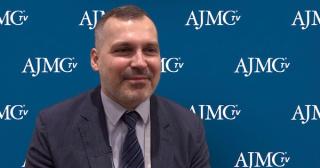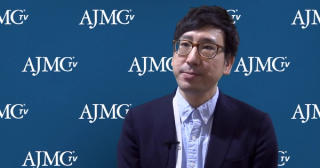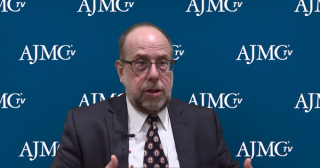
Leukemia and Lymphoma
Latest News

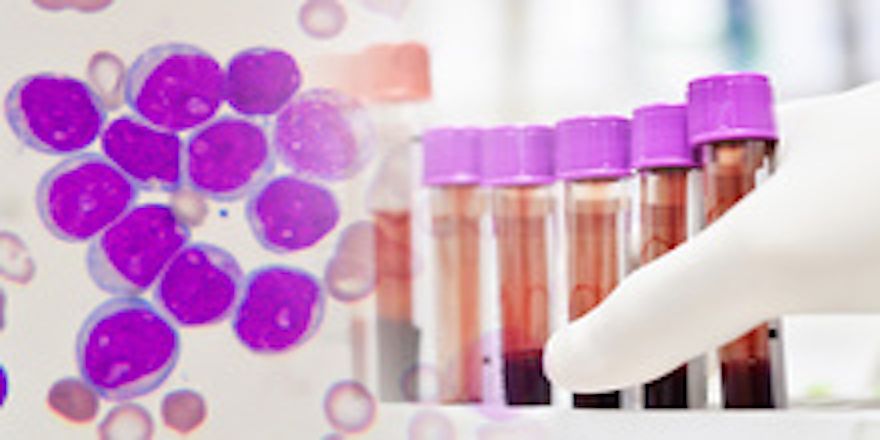
Palliative Care Shortcomings for Patients With Hematologic Malignancies Addressed in New Review
Latest Videos
CME Content
More News
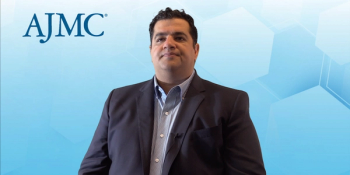
Increased diversity in clinical trials remains an unmet need, and in the new SEQUOIA trial, the majority of patients being White males meant researchers could not do a subgroup analysis looking at outcomes for specific races, age groups or genders, said Mazyar Shadman, MD, MPH, of Fred Hutchinson Cancer Research Center.

A recent meta-analysis aimed to clarify the relationship between parental age and solid tumor pediatric cancers, but more studies are necessary to overcome the limitations of available research.

Finding therapeutic targets for acute myeloid leukemia (AML) has proven challenging, but a set of immune-regulating molecules may hold promise as biomarkers and targets.

A novel prognostic model based on N 6-methyladenosine-associated long non-coding RNAs demonstrated accuracy in determining high- and low-risk disease, suggesting the associated risk value may have potential as a novel biomarker.

Whole-exome sequencing of a family with early-onset cancers found a novel variant in programmed cell death 1 ligand 2 that could potentially indicate germline predisposition to lymphoma.
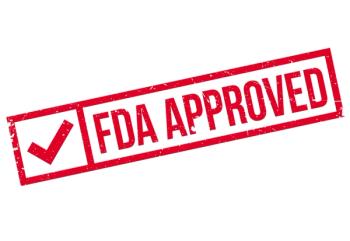
Tisagenlecleucel (tisa-cel) was approved to treat adults with relapsed or refractory (R/R) follicular lymphoma. This is the third indication for the therapy since it became the first FDA-approved chimeric antigen receptor T-cell therapy in 2017.

Patients being treated for acute myeloid leukemia (AML) who are diagnosed with COVID-19 may be best served by chemotherapy delay until after COVID-19 has run its course.

A recent study identified TIGIT as a marker of chimeric antigen receptor (CAR) T-cell exhaustion and found it to improve CAR T-cell therapy efficacy in preclinical models.

While 5-year survival in adolescent and young adult leukemia has improved in recent decades, this patient population still faces increased long-term mortality compared with the general public.
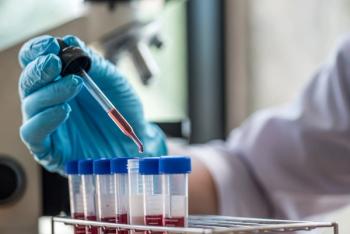
Significant progress has led to improved survival in patients with HIV/AIDS, but lymphoma remains a leading cause of morbidity and mortality in this patient population.

Very elderly patients with acute myeloid leukemia have historically been limited to less intensive, less effective treatment regimens. A recent series of cases suggests age alone should not be a limiting factor for effective treatment.

Patients with acute myeloid leukemia (AML) who have undergone intensive chemotherapy are at a very high risk for invasive fungal disease, and a changing treatment landscape warrants further research on drug-drug interactions and outcomes.
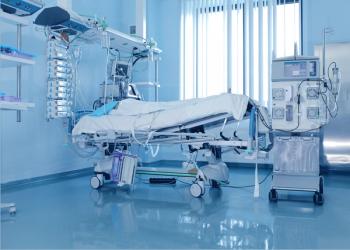
Among a cohort of 88 patients with acute myeloid leukemia who received hypomethylating agents with venetoclax prior to allogeneic hematopoietic cell transplant, 85% had achieved morphologic complete response at 100 days.
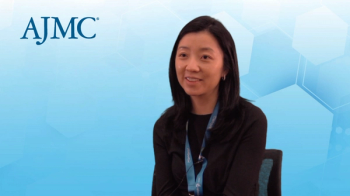
Bernice Kwong, MD, clinical professor of dermatology, Stanford University, explains what dermatological considerations should be made for patients with leukemia and lymphoma.

Acute myeloid leukemia is a complicated heterogenous hematological cancer with a poor prognosis, but novel targets may lead to improved treatment and outcomes going forward.

Aldo-keto reductase 1C3 (AKR1C3) has been identified as a potential biomarker and target in several cancers, and a recent study found it to be a potential biomarker in T acute lymphoblastic leukemia/lymphoma (T-ALL).

With an increasing number of longer-term survivors treated with chimeric antigen receptor (CAR) T-cell therapy for non-Hodgkin lymphoma (NHL), more research is needed to confirm its effects on neurocognitive performance.

Joseph Alvarnas, MD, vice president of government affairs at City of Hope and chief clinical adviser of AccessHope in Duarte, California, spoke March 4 at the closing session of the Association for Community Cancer Centers (ACCC) Annual Meeting & Cancer Business Summit in Washington, DC.
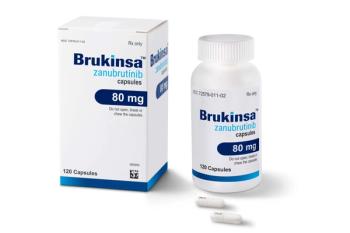
Results of the phase 3 ALPINE trial provided found zanubrutinib was superior to ibrutinib in overall response rate.

The researchers found that the prognostic values for both overall and progression-free survival remained even after adjusting for the International Prognostic Index, a widely used prognostic model of outcomes for the disease.

With further research, allogeneic CAR T-cell therapy may help overcome the cost and production time barriers currently associated with autologous CAR T-cell therapy.

Across all measures, researchers found that body mass index in young adults had the strongest association with the risk of non-Hodgkin lymphoma (NHL), estimating that 23.3% of diffuse large B-cell lymphoma (DLBCL) cases and 11% of NHLs overall can be attributed to obesity.

Investigators say it may soon be possible to design therapies better at staving off resistance among patients with lymphoplasmacytic lymphoma/Waldenström macroglobulinemia (LPL/WM), which is an incurable disease.

Retrospective study findings show that CD47 expression on Hodgkin and Reed–Sternberg (HRS) cells varied between patients who had classical Hodgkin lymphoma (HL) and was associated with poor outcomes.

The authors of a new study say patients with certain mutations appear to respond to zanubrutinib, which had a favorable safety profile.




